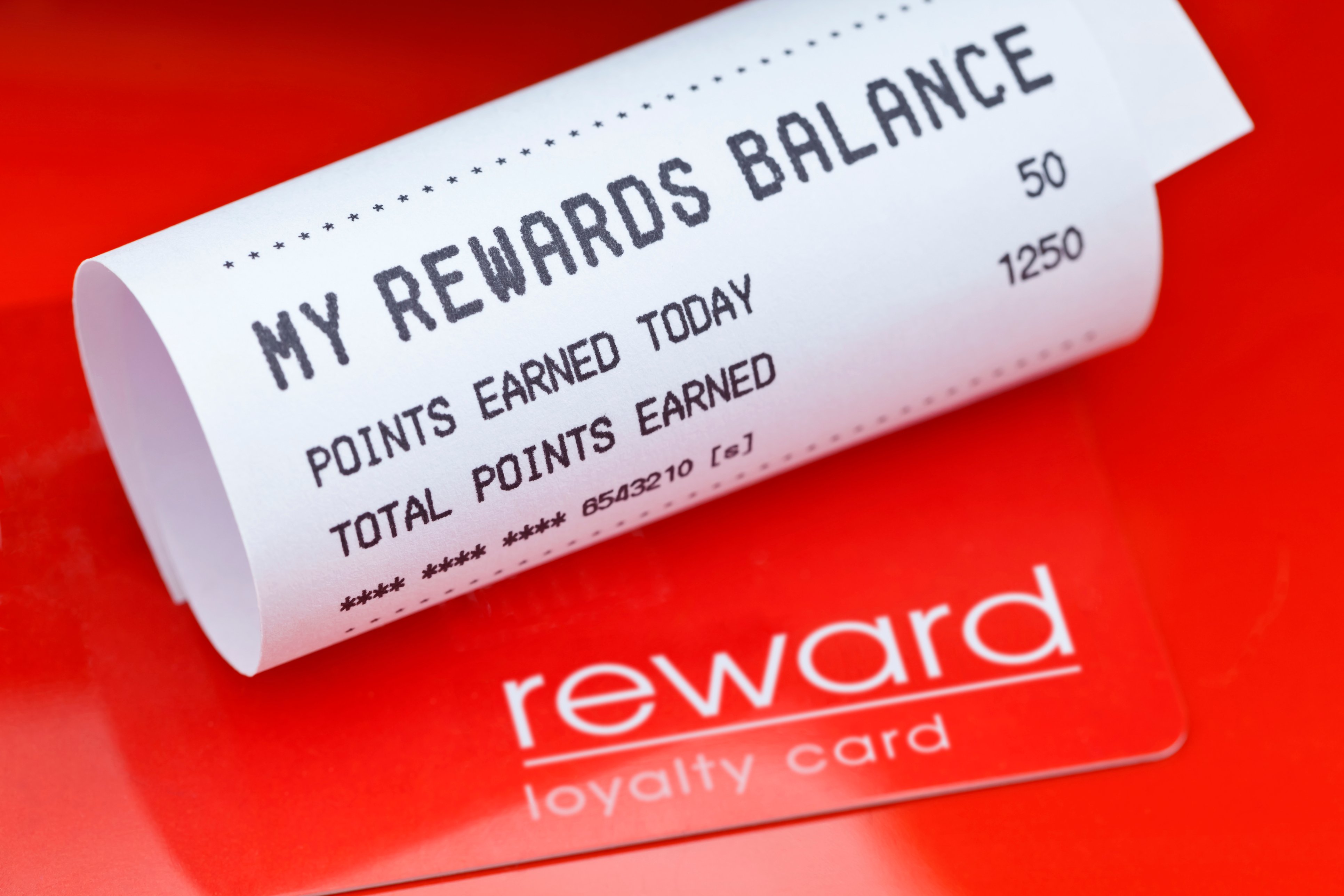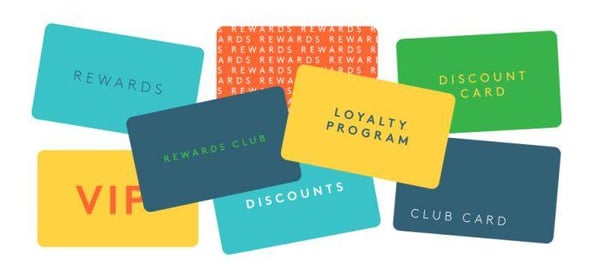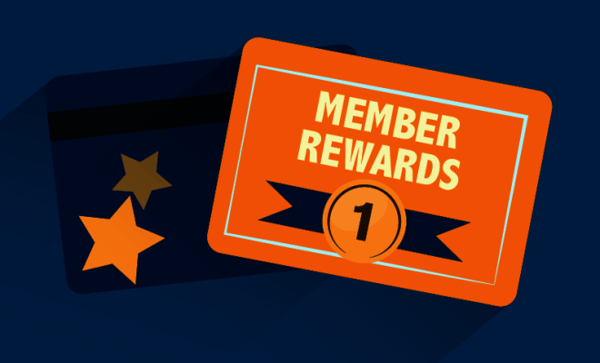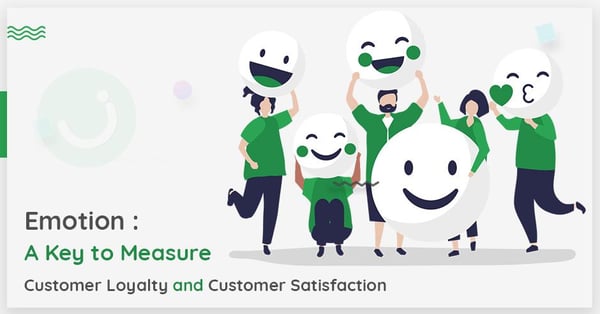

Entrepreneurs and business management experts have often reiterated that getting your first customer is not the real challenge in business.
The true test remains in encouraging a customer towards repeat transactions while establishing a core customer base. An interesting way to establish a core customer base is adopting a genuine customer loyalty program.
Customer loyalty programs are not just a great way to establish the customer base, these can create a common platform for meaningful customer engagement. Companies have been launching customized loyalty programs through online channels or customer feedback apps.
These systems provide value addition to your customers while developing a personal one-on-one connection. However, the concept of loyalty programs can be convoluting for organizations as every program type is not always suitable for every business.

Image courtesy of Business Essentials
So, how can you decide which loyalty program is right for your business? We'll discuss the seven major types of loyalty programs to help you understand their suitability for your requirements.
Points-based programs are one of the most common customer engagement and loyalty programs across the world. The primary reason for its huge popularity is the simplistic approach, low operational cost, and quantifiable enhancement in customer experience, for all customers and their expectations.
Give redeemable points to each customer on every transaction and substantially increase the possibility of a repeat transaction from the customer. There are multiple ways of managing the points, which can be translated into different types of coupons or cash points ensuring a simple future purchase.
Customers can easily accumulate the total number of points to reach a substantial amount for the next purchase. It is efficient and easy to maintain the process, appropriate for retail stores, service industries, and online marketplaces.
Pros:
Cons:
The concept of forming alliances and providing associated benefits to the customer is gaining momentum in almost every sector, be it retail or services. Giving discounts and rewards redeemable across all associated brands is a more fine-tuned method of extending loyalty benefits to customers.
You can establish partnerships and alliances with associated brands to draw an encouraging customer benefits program. There is no clear definition outlined for the types of associations as companies can mutually decide on different workflows. Again, customer experience apps or even their online account can be utilized as the primary medium of offering offers or rewards for associated brands.
The term coalition loyalty program is also used for a similar approach, though it is more suitable when you are operating multiple businesses. You can coordinate between all your business and offer rewarding benefits to the customers under one head.
Pros:
Cons:

Image courtesy of Business Woman Media
A tiered loyalty membership system classifies customers based on their behavior, purchase history, shopping patterns, and more. Based on these parameters, every customer is placed on a rank or level, which ultimately decides the measure of the benefits each customer is entitled to. Can be easily managed by customer experience integrations or applications, these are perfect to encourage more targeted purchase from the customers.
To increase rankings and elevate from their current level, customers often feel motivated towards fresh transactions. Reaching certain levels and achieving ranks can be rewarded with gifts, coupons, or hefty discounts for future transactions.
Moreover, tiered loyalty membership systems are also an efficient way of creating significant customer segments and offer specific schemes to each segment. It ensures your engagement and loyalty program is relevant to each customer.
Pros:
Cons:
This is one of the most straightforward methods of engaging with the customers and leveraging on the instant gratification. In a fee-based program, customer needs to pay a certain basic amount to get entitled to exclusive discounts, products, sales or services. These are also known as VIP or Premium membership benefits, primarily made popular by the credit card distribution companies.
However, convincing customers to pay an upfront membership fee could be a challenge in the beginning. Therefore, it is usually preferred by businesses targeting elite customers who are looking for a premium membership.
Pros:
Cons:
The core value of running a business is connecting to the customers on a deeper level to retain them. Value-based programs are not only respected for their broad approach to reward loyal customers, but also because they help build long-lasting and stern relationships with customers, increasing their loyalty index.
With this program, you can reward your customers by not rewarding them.
Customers’ purchases can be translated into currency, just like points programs, and then your enterprise can donate a certain percentage of the purchase amount to charity or welfare programs. This can also be taken further by having multiple options for charities or welfare programs to choose from on your customer experience app.
This program holds a special value for both the customers and the enterprise as the rewards offered for customer loyalty and retention benefit the world and on an ethical level, this program turns out to be one of the best programs for businesses.
Pros:
Cons:
Through a customer feedback app, your business can engage the customers in a plethora of ways to increase their loyalty, one of which is gamification. The easiest way to do it is by incorporating a gaming loyalty program into your customer experience software.
Offering inventive and engaging games on your customer feedback app like spin the wheel for rewards, your business can increase customer retention and ultimately customer loyalty. This program can be targeted toward first-time customers to give them the incentive to be a repeat customer to your business.
Pros:
Cons:
|
TIP: Need some inspiration on how to get started with gamification? Check out these seven incredible examples to get you motivated! |
Combining two or more types of loyalty programs for the benefit of your customers makes a hybrid loyalty program. Picking out the best loyalty strategies suited for your business from various loyalty programs provides your business with an increased loyalty index from customers by benefiting the customers through various rewards they can claim.
For instance, fee-based programs can be merged with game programs to split the benefits customers receive into different tiers. VIP membership can be split into Club, Gold, and Elite tiers, and be gamified to encourage customers to spend more to move to a higher tier and ultimately, get better rewards.
Hybrid loyalty programs can be used by businesses who have assessed their strong and weak suites, and want to enhance their strong suites to attract a mass of loyal customers. Building up and combining the best loyalty strategies works great for a short period of time like three months, but the best part about this program is that it’s effective and can be reused by businesses whenever they want.
Pros:
Cons:

Image courtesy of piHappiness
A good loyalty program should be engaging, modernized, and rewarding. The growing use of customer feedback software in this regard is noteworthy as it provides a direct and personalized link with the customers which offers and helps your venture in implementing all sorts of loyalty programs seamlessly.
Looking for customer feedback management software? Discover the best choices for enterprise companies and small businesses alike on G2 today.
Vinod is Senior Digital Marketing Manager at piHappiness. piHappiness is a top customer feedback software designed to collect customer feedback on Web, iPad and Android tablets. Vinod is keen on such topics as Marketing, Customer Experience, SaaS Challenges, and Personal Growth.
Loyal customers weave a story for your business that no other stakeholder can.
 by Dwayne Charrington
by Dwayne Charrington
Today, businesses have unprecedented access to personal data.
 by Tom Orbach
by Tom Orbach
In today's competitive landscape, word-of-mouth remains one of the most powerful marketing...
 by Kirsty Sharman
by Kirsty Sharman
Loyal customers weave a story for your business that no other stakeholder can.
 by Dwayne Charrington
by Dwayne Charrington
Today, businesses have unprecedented access to personal data.
 by Tom Orbach
by Tom Orbach
Never miss a post.
Subscribe to keep your fingers on the tech pulse.



